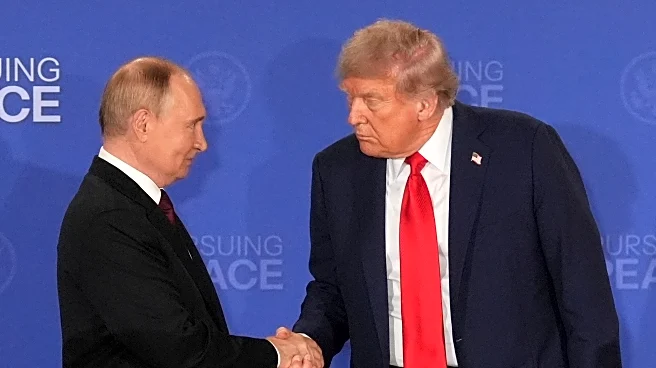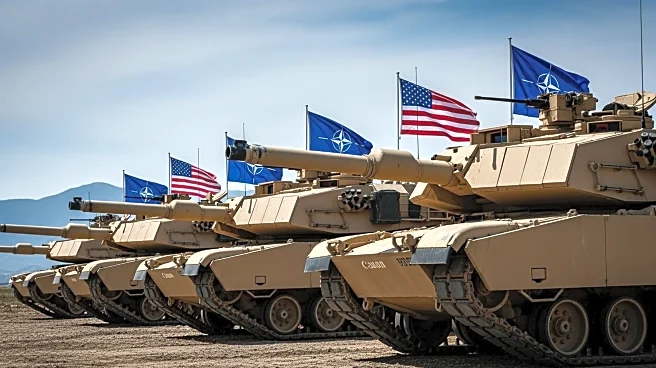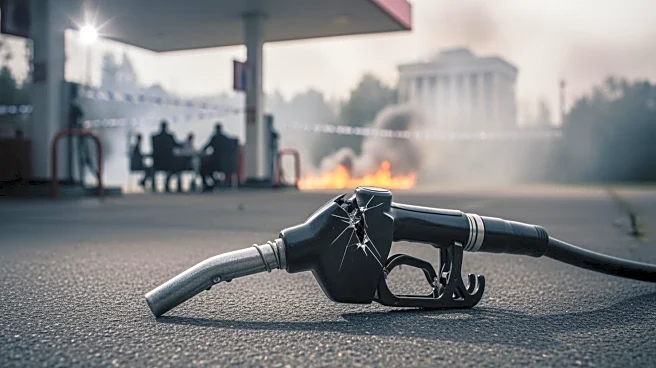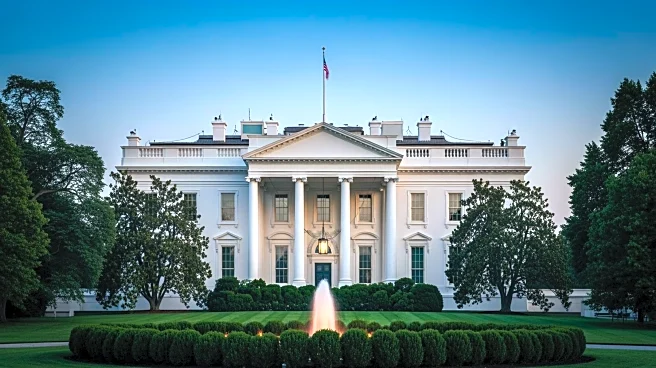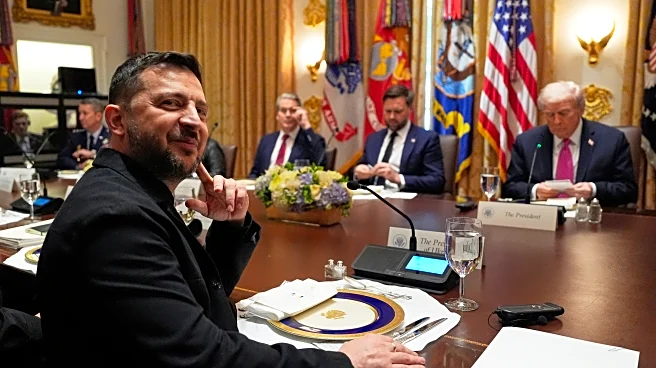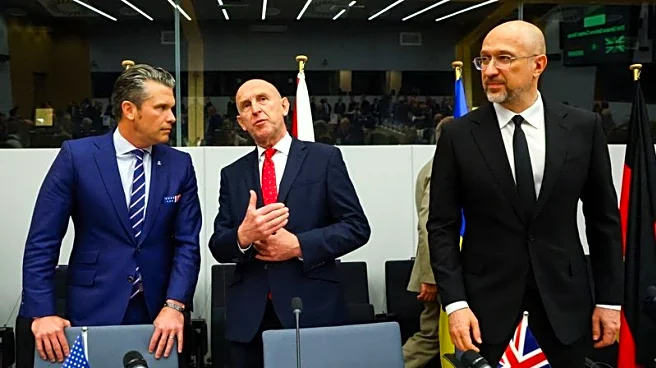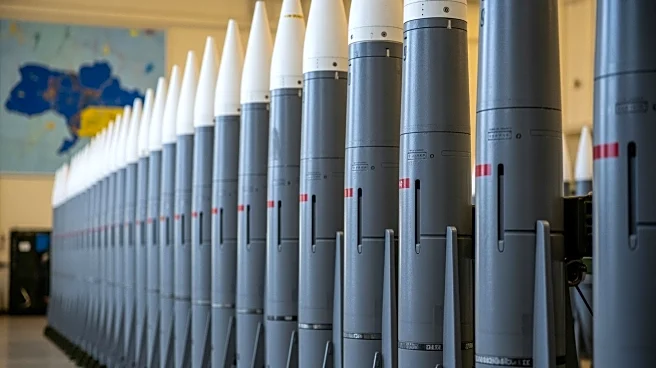What's Happening?
Russian forces have escalated their drone strike campaign against Ukraine, launching 70 drones, including Shahed-type drones, from various locations such as Kursk City and Crimea. Ukrainian forces managed
to down 35 drones, but 31 drones successfully hit 10 locations, causing significant damage to residential and civilian infrastructure in regions like Kharkiv City, Zaporizhia Oblast, and Kryvyi Rih. The strikes have left approximately 22 settlements without power. The Ukrainian Air Force reported that the attacks also targeted military equipment in Sumy Oblast, with drone operators from the Chechen Akhmat Spetsnaz Kashtan Detachment active in the border areas.
Why It's Important?
The intensification of drone strikes by Russian forces highlights the ongoing conflict's impact on Ukrainian civilians and infrastructure. The damage to energy and civilian infrastructure exacerbates the humanitarian crisis, especially with winter approaching. The strikes also demonstrate Russia's strategic use of drones to target both military and civilian areas, complicating Ukraine's defense efforts. The situation underscores the need for continued international support for Ukraine, both in terms of military aid and humanitarian assistance, to mitigate the impact on civilians and maintain Ukraine's defense capabilities.
What's Next?
Ukraine is likely to continue seeking international support to bolster its air defense systems and infrastructure resilience. The ongoing negotiations between Ukraine and the United States regarding the provision of Tomahawk missiles could play a crucial role in enhancing Ukraine's long-range strike capabilities. Additionally, the international community may increase pressure on Russia through diplomatic channels and sanctions to deter further escalation. The humanitarian situation may prompt increased aid from European allies to support Ukraine's energy sector and civilian needs.
Beyond the Headlines
The use of drones in the conflict raises ethical and legal questions about the targeting of civilian infrastructure and the proportionality of military actions. The conflict's continuation poses long-term challenges for regional stability and international relations, particularly between Russia and Western nations. The situation also highlights the evolving nature of warfare, where technology plays a significant role in shaping military strategies and outcomes.



